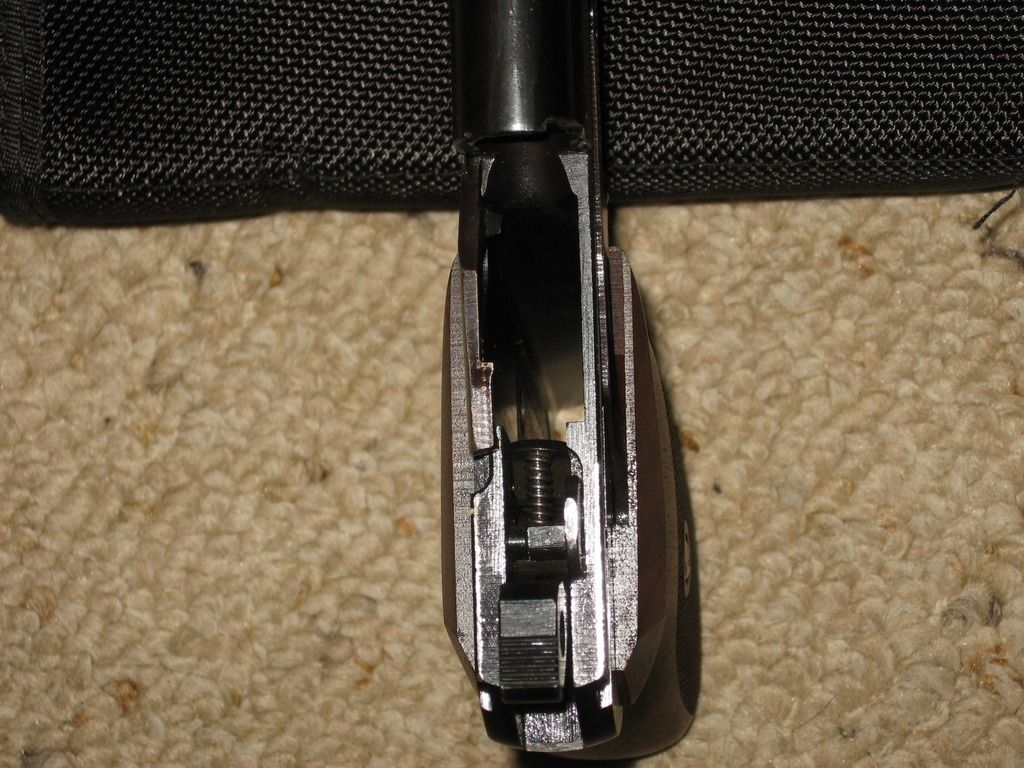Ok guys, I will try to explain this better. First we MUST remember that this was designed as a military / police weapon in the early 1960's by people who's last sidearm (T-33) had NO safety of any kind. That being said, they designed the P-64 to have a decocker/ hammer block/ firing pin safety. Since peasants are not the smartest (ComBlock thnking of the time) the pistol needs to have the fewest number of things to remember how to do to make it work. The safety on the P-64 is designed to either be all in or all out, either all safe, safety on, or to fire easily, safety off, AND to make it simple to change from easy to fire to all safe where nothing will work. When the safety is in the "fire" position it releases the firing pin to freely move for and aft and clears the way for the hammer to strike the firing pin by rotating the safety barrel back and moving the raised part which keeps the hammer from moving forward enough to be able to contact the firing pin. In this state, safety off, all parts can freely move and cause discharge. Whether the hammer is all the way to the rear or only part of the way, the path to the firing pin is completely clear so the hammer only needs to impart enough force to the firing pin to make it move forward and contact the primer. Whether the hammer is pulled to the rear 1/3 or 3/4 of the way OR a serious blow from the rear on the hammer forces it forward, from say being dropped on the hammer, does not matter.
If the safety is engaged when the hammer is fully cocked it rotates the raised part on the safety barrel into the path of the hammer so as the sear is tripped allowing the hammer to fall it will strike the raised part of the safety barrel and NOT the firing pin, hence the description "hammer block". And when the safety is engaged, it also blocks the firing pin from moving forward by trapping it in the safety barrel. go here,
viewtopic.php?f=3&t=4809&hilit=accident ... rge#p45895
to see pictures which will illustrate, hence the description "firing pin safety". However, once the safety is rotated to "fire" then the firing pin is free to move and has the ability to move far enough under it's own momentum to contact the primer which can cause a discharge. However, this requires the entire gun to move very suddenly and with much force as the firing pin is light and has to move very fast in order to have enough energy to detonate the primer. This gun is not designed with and has no "firing pin block" which blocks ALL movement of the firing pin UNLESS the trigger has been pulled / rotated through a complete arc.
I know this is long and sounds very much like a lecture, which it is NOT intended to be, but descriptive names can be tossed about all too easily in the wrong context causing misunderstandings of design/ function which can cause serious problems. Understanding exactly WHY your firearm works is as important as HOW it works to your safety.
I hope this helps all. Thank you and Good Night Miss Trixie, wherever you are.

Close enough for Government work will get you dead, ask any Vet.





